Laser Dentistry Miami
Laser dentistry is one of the advanced technology services we offer at Miami Perfect Smile. Thanks to laser dentistry, a wide variety of dental procedures can be carried out. The laser has become one of the essential tools for today’s dental offices.
Book A Free Consultation
Financing is Available with 0% interest.
WHAT IS
What is laser dentistry?
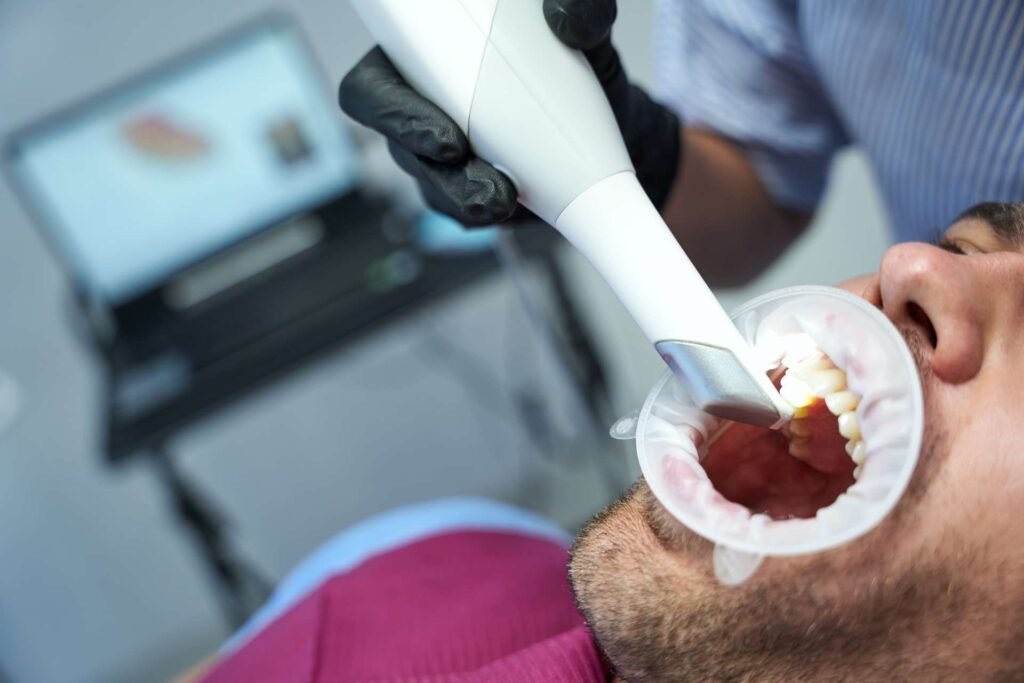
Laser dentistry is a modern field of dentistry in which laser technology is used to treat various conditions of oral tissues, both soft and hard. The laser is an instrument or tool that creates light energy with a very narrow and focused beam (the technical term is “coherent beam”), giving it great power. The strong light of the laser is capable of modifying the tissues when it comes into contact with them. Thanks to the reaction caused by the laser on the tissue on which it acts, it can be removed or molded. This property is what allows the different procedures of laser dentistry to be carried out. The use of lasers is considered a revolution for dentistry.
1. Laser wavelength
2. Optical Characteristics of Biological Tissues
When the laser beam comes into contact with tissue, the light can be reflected, absorbed, scattered, or transmitted. This is a property that all biological tissues have. The ability of tissues to absorb light is what allows the laser to work on them. Tissues present a very well defined absorption window within the electromagnetic spectrum.
From the point of view of optics, the tissues can be identified and differentiated from each other according to their absorption window. Thanks to the optical characteristics of the tissues, laser dentistry can exist. Each type of laser will have a different effect on the oral tissue. It is precisely the phenomenon of absorption that will give rise to the specific uses of the laser on the tissue.
ABOUT OUR DOCTOR
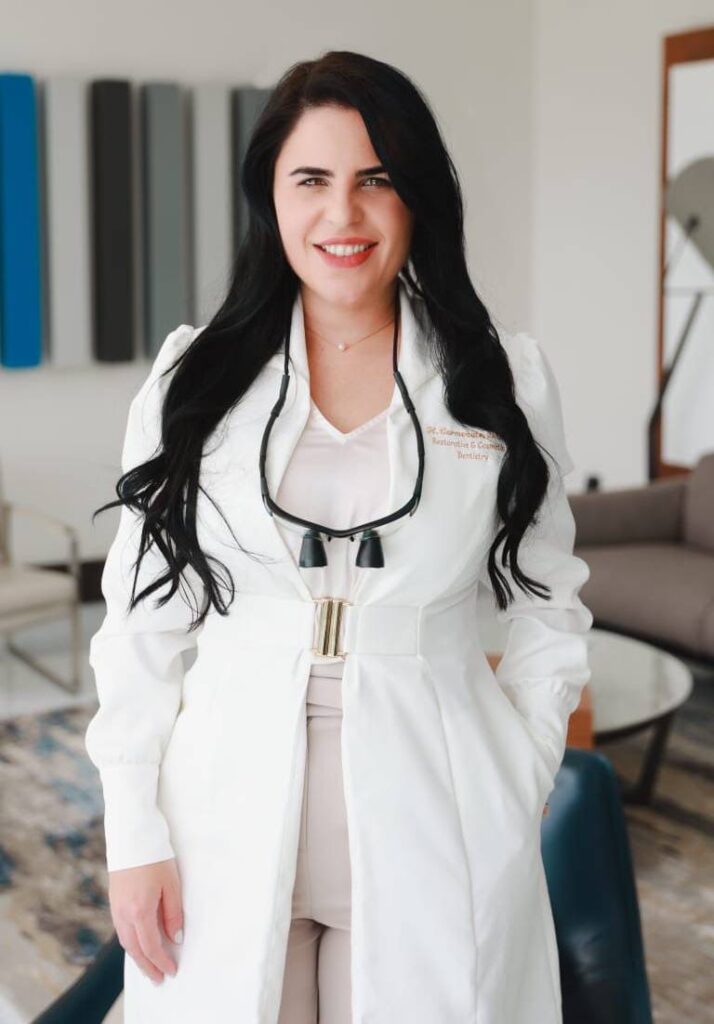
Dr. Helen Carmenate
Dr. Carmenate attended Ibero-American University in the Dominican Republic, graduating with an Undergraduate Degree in Dentistry before moving to Miami to complete her General Practice Residency at Florida Institute for Advanced Dental Education (FLIADE).
She specializes in smile design, restorative and cosmetic dentistry.
PROCEDURE
How Laser Dentistry is Performed at Miami Perfect Smile
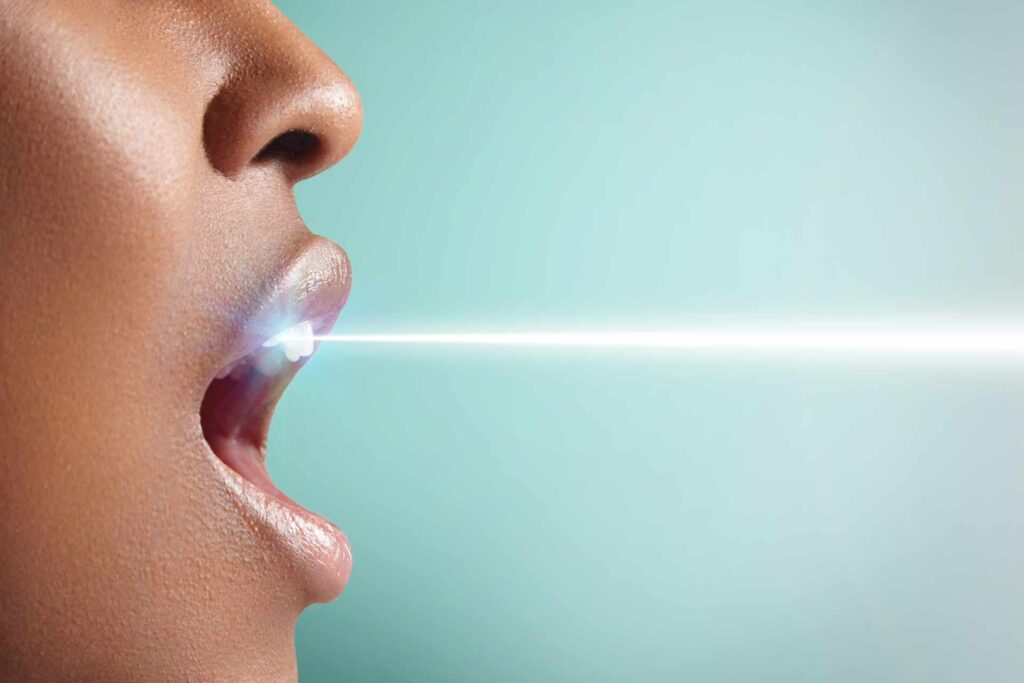
Our laser equipment complies with the standards established by the FDA (US Food and Drug Administration) and the uses that can be given to each one are well defined. Our medical staff is qualified and trained in the use of each of these tools, as well as in the different procedures that can be performed in laser dentistry. For all that said, we guarantee that laser dentistry at Miami Perfect Smile is safe and has a high level of quality based on palpable results.
Dental procedures that are carried out with laser dentistry are usually completed in less time than those that are done with traditional methods. However, how long a dental procedure takes will depend on many other factors, not just the tools used. Laser dentistry at Miami Perfect Smile significantly reduces both the time the procedure takes in the office and the subsequent recovery time at home. These are great benefits for our patients.
LASER DENTISTRY COST
How much does laser dentistry procedure cost?
The cost of laser dentistry at Miami Perfect Smile will depend on the type of treatment that the patient needs. Whenever the case allows it, we have a large number of services in which we apply laser dentistry.
For example, laser tooth whitening will not cost the same as laser tooth decay treatment. We invite you to contact our consultants at Miami Perfect Smile, so they can guide you on the different costs of the wide range of treatments we perform with laser dentistry tools. We will attend to you with pleasure and with all the respect you deserve.
BENEFITS
The benefits of using laser dentistry
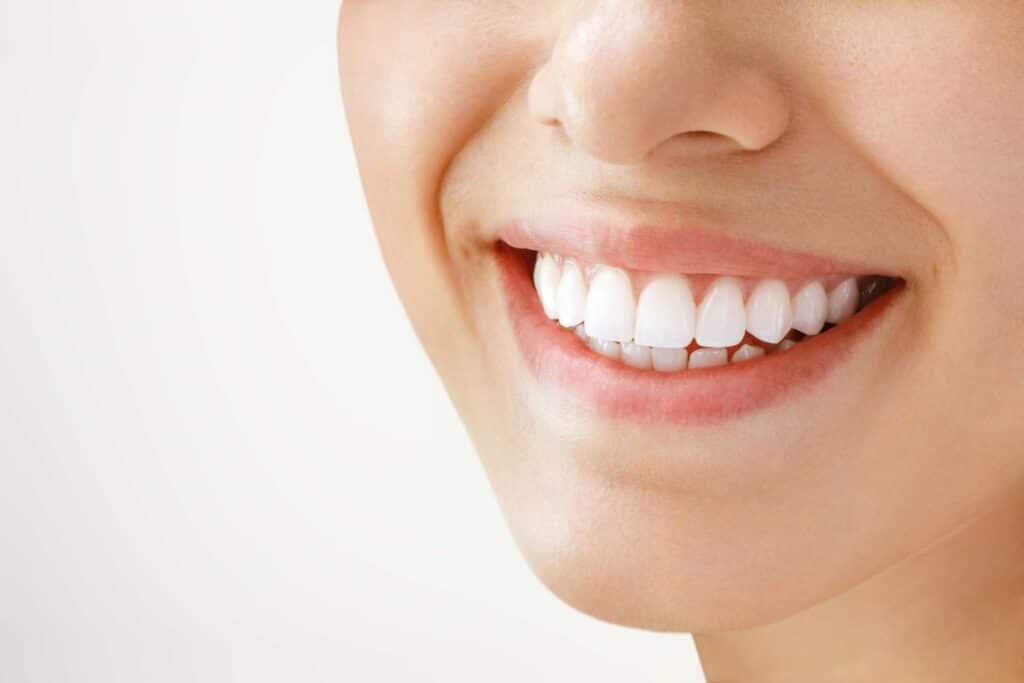
Laser dentistry has gained ground because it offers many advantages, including:
- It is a high-precision tool that allows minimally invasive surgeries to be performed.
- Allows wounds to heal and scar faster.
- Helps heal soft tissues.
- It reduces the risks of infection since the laser light beam sterilizes the treated area.
- In many cases, it does not require the use of anesthesia.
- In some procedures, the use of lasers avoids the need for sutures.
- Controls bleeding thanks to its coagulating effect.
- Reduces the characteristic discomfort that occurs after a conventional dental procedure.
DISADVANTAGES
Disadvantages of laser dentistry
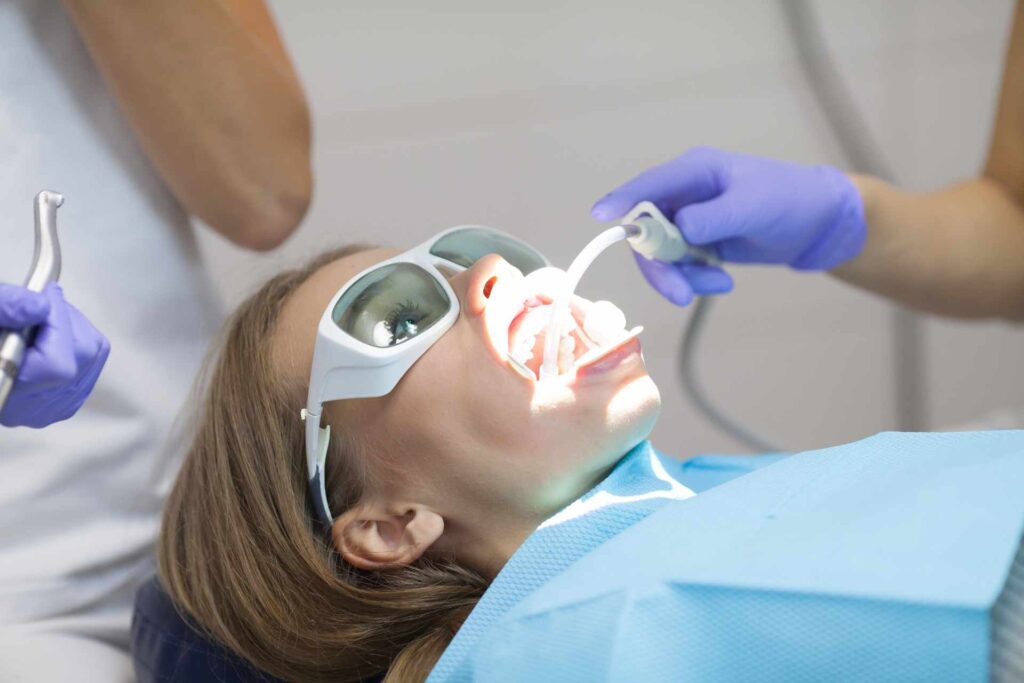
Like any technique, laser dentistry has some drawbacks, among which are the following:
- The laser beam cannot be used on teeth that already have fillings in place.
- Laser uses are limited to certain dental procedures; it cannot be applied to everything.
- Treatment with laser dentistry is more expensive than treatment with traditional instruments.
- The cost of a laser dentistry appliance is remarkably high compared to traditional tools. While a traditional dental drill costs about $600, a laser device can cost anywhere from a few thousand dollars to $100,000.
- A laser device works to perform only some types of procedures and not all. A dental office must purchase more than one device if all procedures are to be covered.
CANDIDATE
Am I a candidate for laser dentistry?
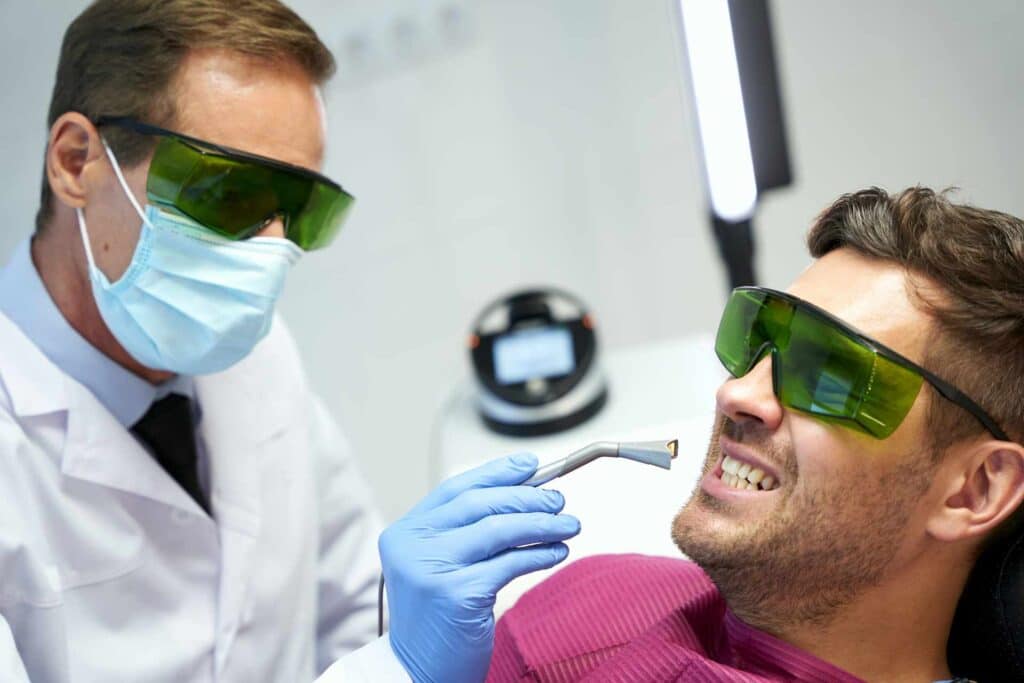
Laser dentistry has several applications, which we will discuss below, and which are suitable for most patients. If you need any of the procedures that we will see, then you are a possible candidate for laser dentistry treatment. In any case, to determine whether or not your case can be treated with laser technology, it is best to schedule an appointment at our dental office so that we can make a complete assessment of your case.
Laser dentistry techniques are applied in various treatments within the different branches of dentistry. Let’s see some of the applications of laser dentistry according to the specialty.
1. Dental therapy
Dental therapy is the specialty within dentistry that is responsible for the restoration of teeth affected by caries or trauma.
a) Tooth decay
Dental cavities can be removed with laser dentistry techniques, as long as they are not too deep. The light beam emitted by the laser falls on the affected area of the tooth, so it removes the caries with great precision. Normally, removing a cavity requires local anesthesia, but when a laser is used, the area to be treated is so focused that anesthesia is not always necessary.
Thanks to this technology, the use of machines such as the drill, which is usually annoying for many patients due to noise and vibration, is also avoided. In addition, with the use of lasers, the cavity intervention time is usually shorter than with conventional tools.
b) Sterilize pits and fissures
The laser, thanks to its bactericidal properties, allows us to prepare the enamel to then proceed to the sealing system in certain treatments. To achieve that end, some high power lasers can be used.
c) Periodontal or gum disease
The bacterial plaque that accumulates in the mouth can cause infection in the tissues that surround and support the teeth. This is known as gum disease. This infection produces some symptoms such as redness, bleeding, bad breath, and dental mobility. The laser is one of the most effective tools that exist today to remove damaged tissue around the teeth. The laser light vaporizes the bacteria and toxins associated with the infectious process. It also weakens the tartar under the gums so that it can be easily removed later. On the other hand, the laser prevents bleeding because it promotes blood coagulation.
d) Dentin hyperesthesia
Normally, the teeth have very low sensitivity on the surface, and it should be so because the opposite is extremely uncomfortable. Dentin hyperesthesia or dental sensitivity is the exaggerated response of a tooth to various stimuli such as thermal, tactile, chemical, or osmotic. Both high and low power lasers can be used in dentistry to eliminate hyperesthesia through various mechanisms. In this case, as in all cases, the correct application protocols must be followed.
e) Endodontics
Endodontics is applied when the damage caused by a cavity is so deep that it has affected the dental pulp. In these cases, the use of the laser is necessary to dry and sterilize the affected area before filling the tooth and restoring its functionality. The use of a laser has been shown to be more effective than the application of sodium hypochlorite. A laser can also be used for biomechanical preparation of the root canal.
2. Cosmetic dentistry
Aesthetic dentistry is the specialty that is responsible for maintaining or restoring the aesthetic level of the teeth of patients. Its objective is to promote the natural beauty of the teeth to show off a healthy smile.
a) Preparing the teeth to fit dental veneers
One of the uses of lasers in cosmetic dentistry is to prepare the outer faces of teeth before proceeding with the installation of veneers. Certain laser powers have the ability to pierce hard tissue such as teeth. Another of the applications that the laser has is to remove dental veneers from the teeth, in case you want to remove them. The thermal energy softens the cement that holds the veneer to the tooth, after which the veneer can be removed more easily.
b) Teeth whitening
Although no laser produces teeth whitening on its own, we know that the use of lasers speeds up the breakdown processes of the hydrogen peroxide in the whitening gel. The laser beam heats the tooth whitening gel, which accelerates its effect on the teeth. Thanks to the use of lasers, the time that the teeth need to be in contact with the gel decreases, which protects the enamel. The laser is faster than the traditional halogen lamp.
3. Dental prosthesis
Dental prosthetics is the dental specialty dedicated to the replacement of natural teeth (whether damaged or lost) by prostheses. Dental prostheses are total or partial artificial restorations of dental pieces.
a) Prepare the teeth for the placement of a crown
The laser is used in the preparation of the teeth on which a dental crown is to be installed. Preparing the edges of the tooth and grinding the piece down to a level sufficient to place a crown is a procedure that normally requires anesthesia. However, when done with laser anesthesia, it is no longer needed. This is because the laser is applied to the dentin with low power density, which has a desensitizing effect on the tooth. However, some dentists recommend retouching dental carvings with a conventional drilling tool so that the crowns achieve a better grip.
4. Oral surgery
Oral surgery refers to all surgical procedures that are performed within the oral cavity or mouth.
a) Tooth removal
Some types of lasers have the ability to act on hard oral tissues, such as the bones and teeth. Some non-invasive surgical interventions can be performed with a laser without the need for anesthesia. For the surgical extraction of teeth, some types of lasers can replace cutting tools such as scalpels or drills. Bones that are cut with a laser have the advantage of undergoing faster repair and recovery and with less inflammatory response from the manipulated tissues. These procedures also use types of lasers that can kill pathogenic microorganisms.
b) Elimination of labial or lingual frenulum
The braces that require exeresis can be eliminated through the use of lasers. Both the upper and lower lip frenulum and the lingual frenulum can be treated with laser, as long as there is no compromise with the lip where they are inserted. In patients with short lips, a hypoplastic or atrophic appearance or with incomplete lip sealing, the use of lasers is not recommended. Lasers offer greater speed and greater control of intraoperative bleeding, as well as faster healing.
c) Soft tissue injuries
Oral soft tissue injuries are quite common. Here we can find a variety of types of tumors with very different aetiologies and characteristics. Among them, the most frequent are fibrous hyperplasias, vascular lesions, papillomavirus lesions, etc. Most of these lesions are benign, but sometimes they are not. The use of lasers is highly recommended for the removal of most benign lesions. If a laser biopsy is to be performed to analyze the histological study of the tissue, a type of laser that does not have a marked thermal effect should be used because it can alter the cells and interfere with the correct interpretation of the tissue.
LASER DENTISTRY MIAMI
Frequently asked questions

Here is the section of frequently asked questions about the teeth bonding treatment at Miami Perfect Smile. Of course, there could be many more questions (because patients always have doubts and questions about these issues). But these are the main questions with our answers.
What are the precautions for laser dentistry at Miami Perfect Smile?
In general, the laser is a very safe tool. However, misuse of it can have irreversible consequences. That’s why when laser dentistry is practiced at Miami Perfect Smile, we take security measures that are strictly adhered to. Among the precautions we take in the use of the laser we have:
Eye protection : The laser beam must never make contact with the eyes of patients or medical personnel. The radiation emitted by the laser is absorbed by the eye tissues, which can cause burns and even ablation of the cornea. That is why when practicing laser dentistry at Miami Perfect Smile, we give all importance to the protection of the eyes of the patients and the operator, as well as anyone who is present when the laser is being used. There are different types of safety glasses depending on the type of laser being used.
Beware of erratic movements : If the laser moves erratically due to the carelessness of medical personnel, it can cause damage to tissues located inside or outside the mouth. Whoever handles laser instruments must do so with the utmost precision. At Miami Perfect Smile, we are well trained and have extensive experience in the safe use and handling of laser technology.
Avoid accidental reflection : As dentists, we are committed to the well-being and safety of our patients. At Miami Perfect Smile, we take into account that the laser light should not be accidentally reflected, as it could make contact with any tissue and cause unexpected damage. In dentistry, it is common to use mirrors that allow better visibility of different areas of the mouth. Therefore, we take special care that the laser light does not interact with mirrors or other reflective surfaces.
Avoiding laser contact with flammable gases: Some components of dental offices may contain flammable material. It is important to prevent the laser beam from coming into contact with these types of materials, as they could explode or cause a fire. At Miami Perfect Smile, we take the necessary precautions to avoid this type of accident. This precaution is especially important when the patient is undergoing treatment that requires anesthesia.
Protection of dental tissues : Before starting the laser treatment, we place the appropriate protection on the patient’s oral tissues that do not need to be irradiated. We also provide the necessary dental defensive means for the protection of hard dental tissue.
System to activate the laser : When performing laser dentistry at Miami Perfect Smile, we take every precaution to prevent our equipment from being turned on accidentally. It is necessary to go through several steps to activate the laser beam of a team. In this way, we avoid unwanted interactions that cause harm to patients or medical personnel.
What are the types of lasers used in dentistry?
There is a wide variety of laser types with multiple applications in different fields, such as communications, industrial processes, construction, manufacturing, military practices, and medicine. In the field of dentistry, we find some of these types of lasers , which are chosen according to the dental procedure that is being carried out. Not all lasers produce the same effects on oral tissues. Nor will the same type of laser produce the same effect on different tissues.
For all of the above, it is important that professionals know the dental applications of each of the types of laser beams in order to use them responsibly in the dental office. Laser dentistry at Miami Perfect Smile is performed strictly according to the recommended and necessary protocols, which allow us to maintain the safety of patients and specialists. Let’s see what the types of lasers that are applied in dentistry.
low power laser
This type of laser is also known by the nickname “cold laser”, since it does not generate heat. It has a capacity of less than 50 megawatts. In laser dentistry, it is used to regenerate tissues, relieve pain, reduce inflammation and edema, and promote healing. The most widely used types of lasers in this group are those with the following combinations of substances as active medium: helium-neon, gallium-arsenic or gallium-aluminum-arsenic.
high power laser
It is a type of thermal laser that is also known by the nickname “hard or surgical laser”. It has the characteristic of generating heat on the surface on which it acts. Due to the heat, this type of laser causes thermal and photochemical effects on the tissues. This translates into: dehydration, vaporization, coagulation, and carbonization. They are widely used in conservative dentistry to make precise cuts, to achieve hemostasis, etc. The most commonly used thermal lasers are: helium-neon YAG, erbium YAG, neodymium YAG, carbon dioxide, and argon.
What are the effects of lasers on oral tissues?
The effects of the laser on the oral tissues are due to the fact that the photon energy is transformed when it comes into contact with the tissue. This transformation of photon energy into another type of energy produces effects in the tissue that can be used for therapeutic purposes. The effects that the laser has on biological tissues can be classified into 4 large groups, which we will see below.
Thermal effects
The thermal effect is produced by the intertwined internal vibration that occurs in the cell when the laser beam in the form of photon energy strikes the oral tissue. This vibration causes the internal and focused heat of the tissue to increase, so that the photonic energy is transformed into thermal energy. The thermal effect goes through several phases in the interaction with the fabric. These phases depend on tissue heating levels and can be used to achieve specific therapeutic goals. Among these we have the following:
- Coagulation : This effect takes place when the temperature that causes the thermal energy has reached 60 °C and does not exceed 100 °C. When the temperature reaches this thermal range, the hemoglobin in the erythrocytes begins to denature, which attracts platelets. In this way, the tissue is ischemicized and coagulation of the wound is achieved.
- Vaporization or photothermal ablation : This is the vaporization of water within the cells that make up the oral tissue. When the temperature exceeds 100 °C, the water inside the cells vaporizes, causing the cells to swell and burst. The remains of the cellular components combust and produce smoke and carbonization. Vaporization is used to kill pathogens that come into contact with the laser. It is also used to make incisions in the oral tissues. In the latter case, the larger the diameter of the laser light beam, the lower the penetration power. In this way, the diameter can be adjusted to achieve the incision at the desired level.
Photochemical effects
The basis of the photochemical effect is the absorption of light from the laser beam with little or no thermal effect on the oral tissue. This effect is produced by the stimulus caused in the cells by the wavelength of the laser radiation. All of the above leads to changes in the chemical and physical properties of atoms and molecules. If the energy density is increased, photochemical effects can be transformed into thermal effects. This effect is widely used to enhance the effects that some substances can have on tissues, such as whitening or fluoride gels on teeth when activated by the laser.
Photomechanical or photodisruption effects
This effect consists of the optical rupture that is created when a high-energy laser light beam with a short duration pulse is focused and made to impinge on a very small focal point of the oral tissue. This creates a much higher than normal power density ratio, resulting in instantaneous molecular destruction of the tissue. The destruction of the tissue produces a plasma, which is a cloud of ionized particles with a neutral global charge. All this occurs with no or very little thermal energy, so it is a mechanical destruction of the tissue.
Optical properties of oral tissues in interaction with the laser
When a laser beam hits organic tissue, the photon energy can take several pathways. This is known as the “optical properties of tissues”. The reaction caused by the laser varies depending on the type of tissue. Likewise, each wavelength or type of laser will produce a different effect on the same tissue .
Before applying the laser to dentistry, the possible paths that photon energy takes when interacting with the different oral tissues are thoroughly investigated in laboratories. The 4 basic interactions of the laser beam on tissues are: absorption, reflection, scattering, and transmission. The level of interaction of a laser on the tissue will depend on the following general factors:
- The wavelength of the laser beam with which it is actuated, the density of the power, and the frequency of the pulse.
- The type of substance of which the tissue is composed, if it is more or less dense, its color, etc.
- The level of water content in the fabric.
- The time of exposure of the organic tissue to the laser beam and the method of impulse: with or without contact.
These factors are fulfilled for any of the 4 types of possible interactions of photon energy with organic tissue. Let us now see in more detail what the 4 laser-tissue interactions are.
Absorption
Absorption is calculated by looking at how deep the laser beam penetrates into tooth tissue. When the photon energy from the laser enters the tissue, it is transformed into thermal energy. All tissues are made up of specific cells and molecules that can absorb the laser either superficially or deeply. The absorption levels of a tissue will depend on the wavelength of the laser light, as well as the concentration level of cells and molecules at different depths within the tissue.
The heat generated by the absorption of the laser light beam within the tissue generates the phenomenon of vaporization of the area. Vaporization does not occur due to light, but due to the thermal effect that photon energy has when penetrating the tissue. The factors that influence the effect of this thermal energy are: the exposure time of the laser beam, the type of tissue and its density, the depth of the wavelength and the skill of the operator.
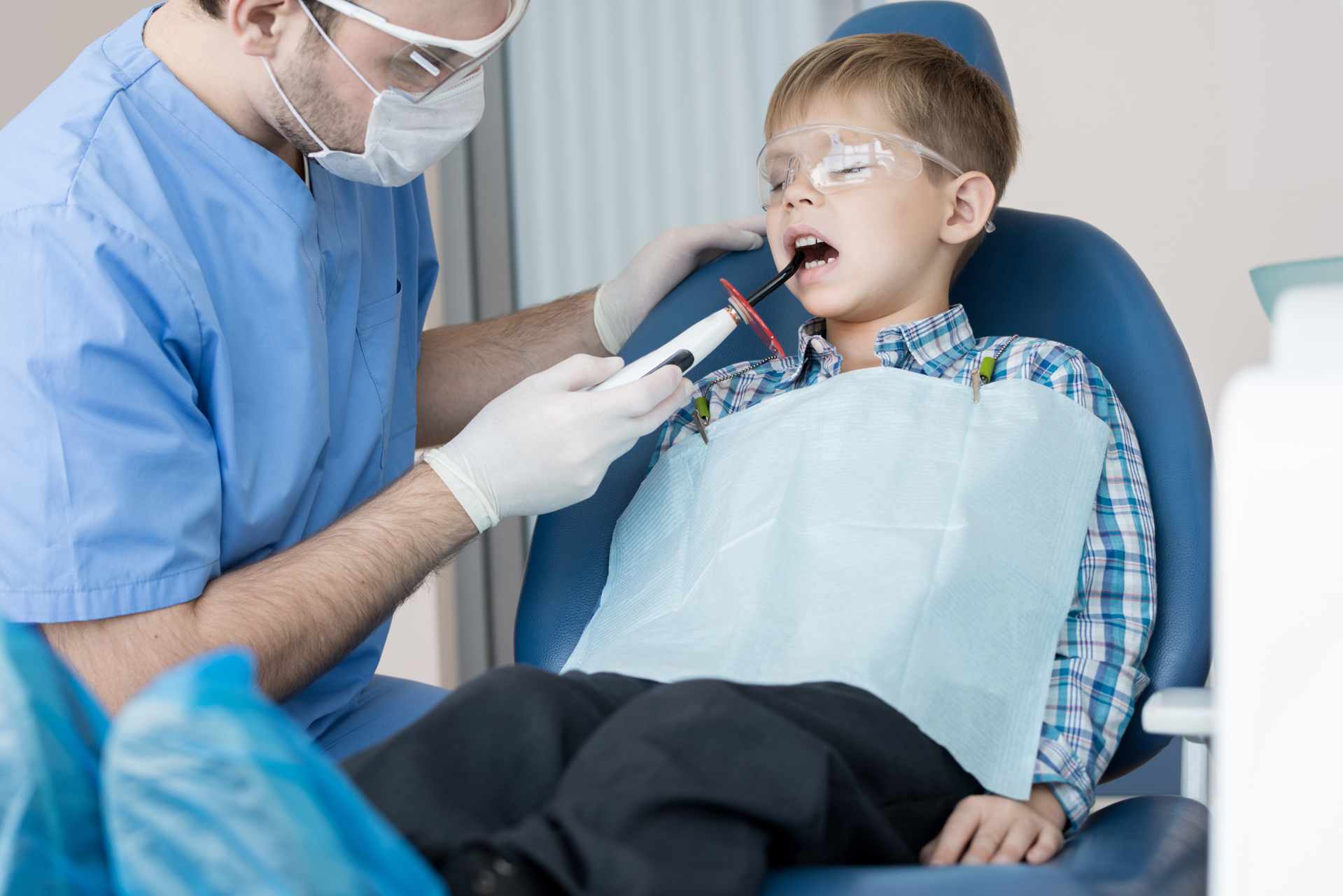
Reflection
The phenomenon of reflection studies in what proportions the laser beam is reflected when interacting with the tissue. It is important to determine to what extent the light is reflected by the tissue. The more reflection capacity the tissue has, the lower the absorption level of the laser will be, so the laser loses strength and will not cause any effect on said tissue. Specular reflection occurs when the collimation of the beam remains intact, that is, the tissue does not scatter the light. Diffuse reflection is when the collimation of the beam itself is disturbed, which reduces the power of the laser light intensity.
Dispersion
Scattering studies the amount of photon energy that is scattered when the laser light beam interacts with the tissue. When there is dispersion, collimation of the beam also usually occurs. The level of dispersion will depend on the wavelength and the type of oral tissue on which it acts. When photon energy bounces from molecule to molecule within the tissue, scattering is said to be occurring. If the degree of absorption is high, there will be little scattering. On the other hand, if there is not much absorption, there will be a lot of dispersion. Dispersion causes thermal energy within the tissue to be distributed over a larger volume area, thereby dissipating thermal effects.
Transmission
The transmission calculates how far the laser light beam is transmitted or irradiated through the point of impact it has on the tissues. Light transmission works differently for each type of tissue and also with each type of laser. That is why it is important to pinpoint how far the laser light is transmitted. The objective of this precision is not to affect adjacent tissues to the one to be treated. The mouth is especially full of diverse tissues with different optical properties, and it is important that the laser acts only where it should.

How much are veneers in Poland
The cost of veneers in Poland around $350 to $700 per tooth. can vary depending on a number of factors, such as the type of

How much do veneers cost in Hawaii
The cost of veneers in Hawaii can vary depending on several factors, including the material used, the number of veneers needed, and the experience of
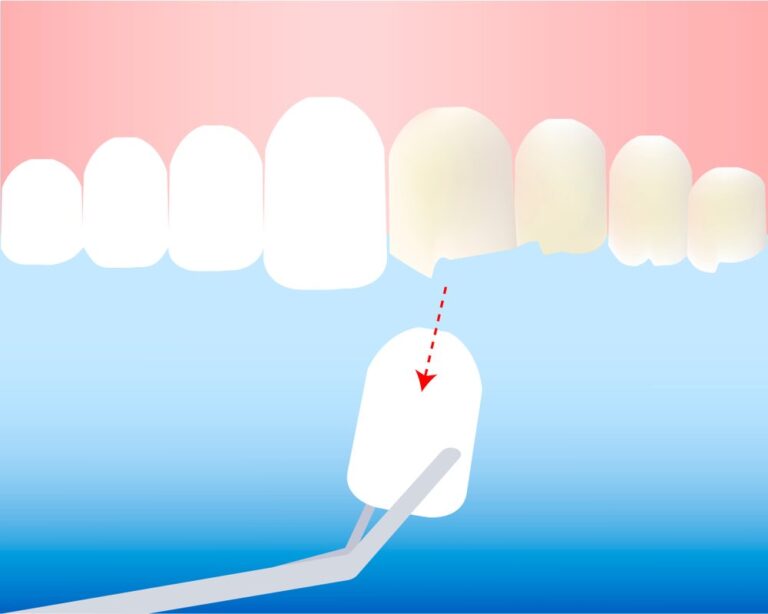
How much are veneers in Ky
The cost of veneers in Kentucky can vary depending on several factors, including the number of veneers needed, the type of material used, and the
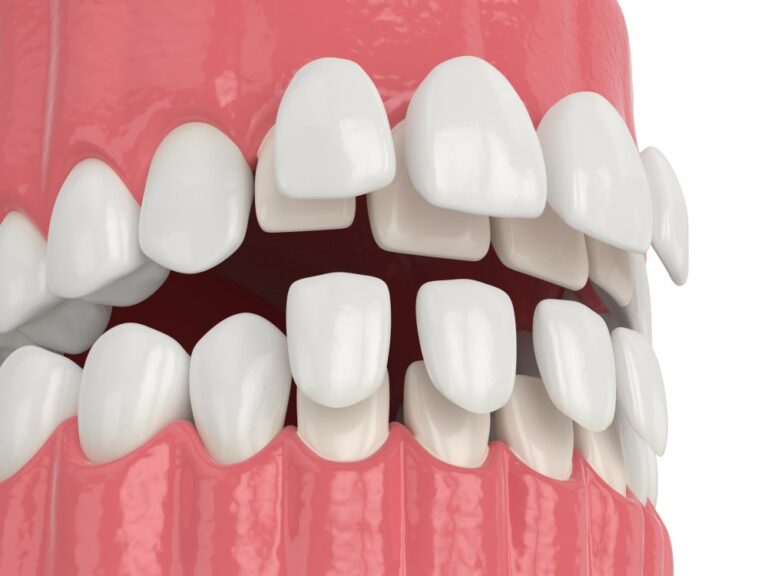
How much do veneers cost Australia
The cost of veneers in Australia can vary depending on the factors mentioned above. However, the average cost of porcelain veneers in Australia ranges from

How much are veneers Chicago
The cost of veneers in Chicago can vary depending on several factors, such as the number of teeth being treated, the type of material used,
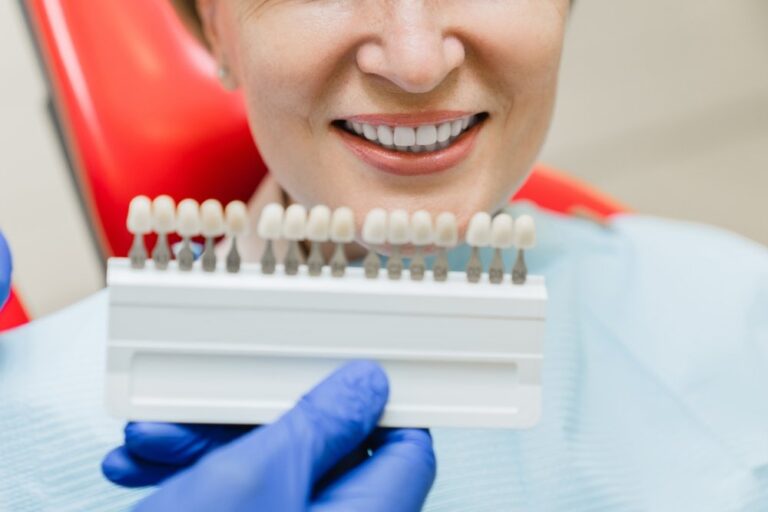
How much are veneers in Thailand
Now that we’ve gone over some of the factors that can affect the cost of veneers in Thailand, let’s talk about how much you can

